Fulin in Ploce: 48 Years a Waiter, Owner, Affordable Seafood Heaven
May 14, 2022 - A throwback in time and almost half a century of dedicated seafood service at Restoran Fulin in Ploce.
One of the things I love about my 'job' running TCN is picking the brains of locals as I travel around the country. What are their top recommendations, and do they have any great stories of people or places that have been inexplicably left untold?

One such discussion a few months ago on the subject of personalities in Dalmatia from a friend who hails from Ploce had me heading for the port town on the way from Dubrovnik to Split last week. Ploce is not a town I know well, although I have driven past it many times, and occasionally taken the ferry to Trpanj when I have forgotten my passport en route through Bosnia to Dubrovnik and beyond.
"Have you heard of Dida Fulin?" asked my friend. "Such a great story, amazing man, with the most divine seafood on the coast. It is the food I grew up on. Just go and let him tell you a little about himself and his passion for hospitality. Very little has changed - including the prices and decor - in the decades he has been running his restaurant, Restoran Fulin."
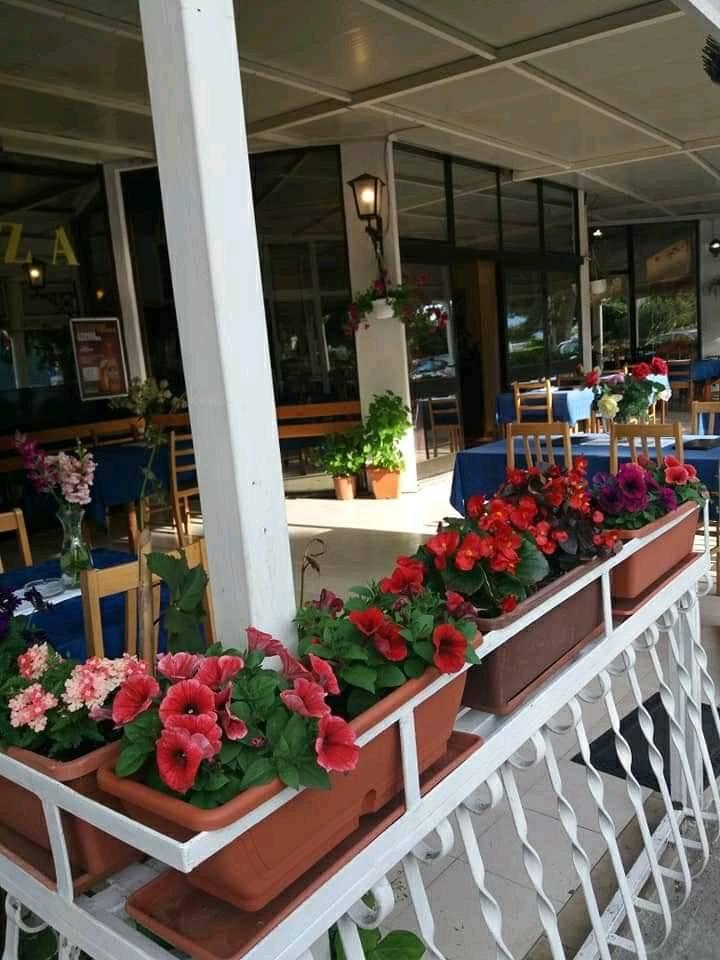
One thing I have learned with Croatians is that when they give such a personal recommendation, one should always go and investigate. And while heading into the centre of Ploce was not part of the original plan, my travelling companions agreed to check out this Restoran Fulin. We arrived at 16:00 on a Saturday, when restaurants are not too busy. An amiable older couple were sitting contentedly looking out across the water in front of them. I enquired if the man was the legendary Dida Fulin, and that we had come to meet him and try his legendary seafood.
And that was that, I felt transformed back to 2002, 20 years ago since my arrival in Dalmatia, an era when somehow there seemed to be less pressure on numbers, numbers, numbers, and more time to ensure the enjoyment of the guests. The decor had seemingly not changed that much in the intervening years, and as Dida Fulin (real name Ante Strbic, but better known after his beloved restaurant, Ante Fulin), brought us a complimentary cherry liqueur to welcome us, it was clear that here was a man for whom hospitality was a lifeblood.
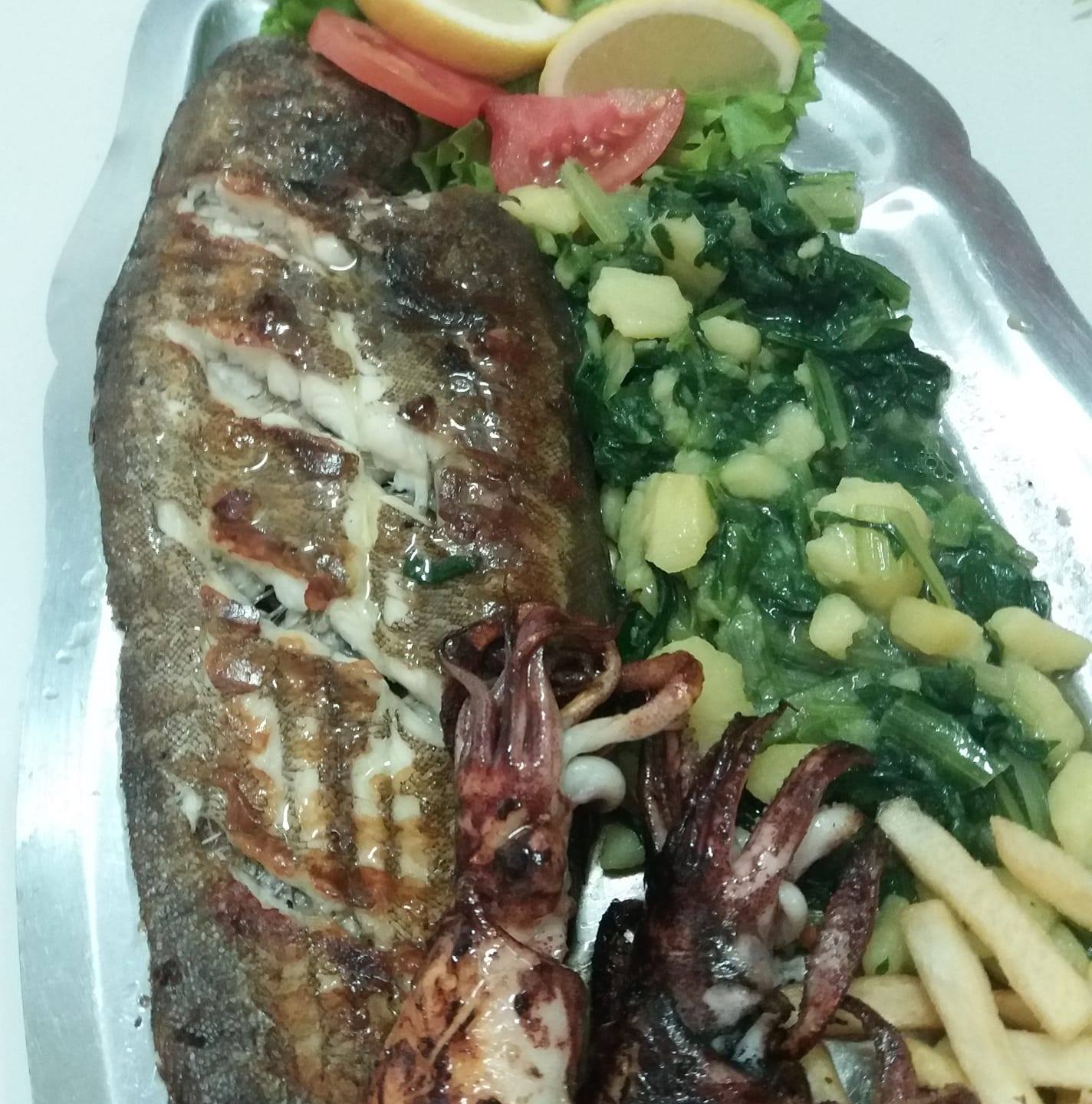
He certainly seemed a contented man, and I was shocked when he told me that he was 20 years older than me, a sprightly 72 years old. Even more so when he told me that he opened his first restaurant in 1974 and moved to the present location of Restoran Fulin in 1981. And for those 48 years, he has been the only full-time waiter, as well as the chef and the owner, ably supported by his wife, Zora, whose palacinke are to die for, as we learned after our seafood platter.
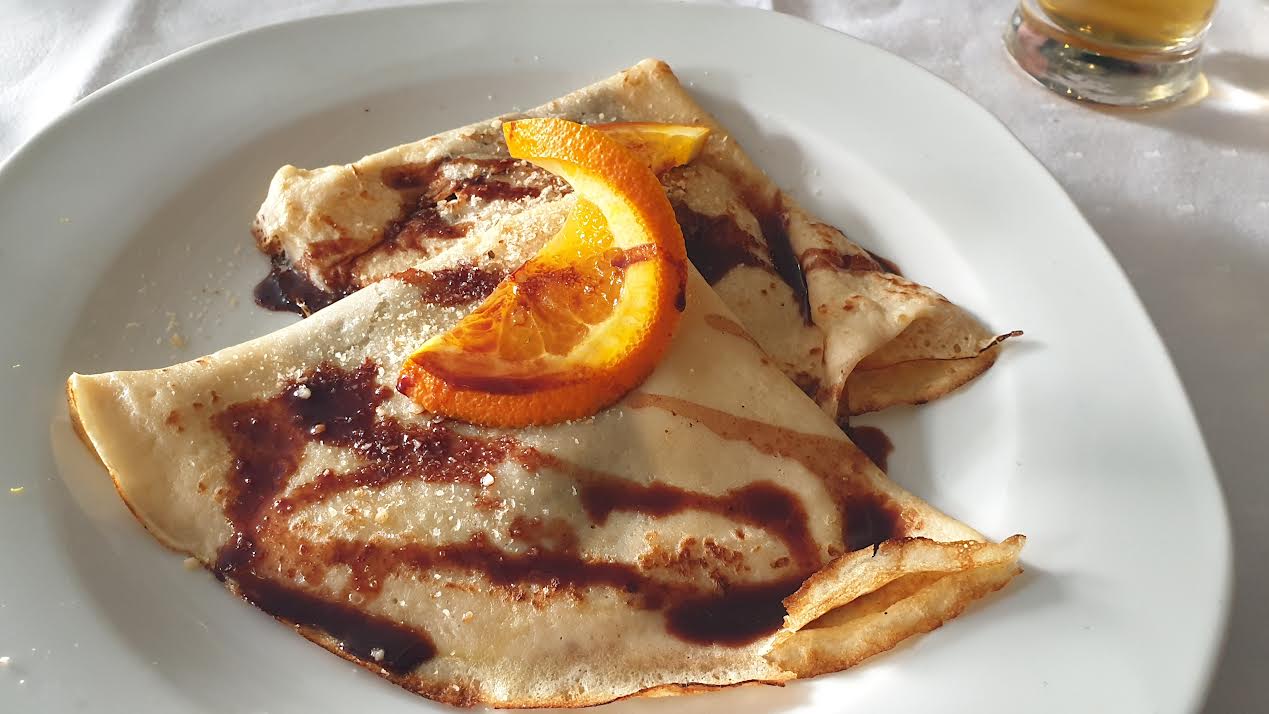
He stopped drinking in September, 1991, and quit smoking in 2007. He prides himself on being the first into work each day, and the last to leave. When things are quiet, he manages alone with his wife, but he has the team to bring in additional help where possible. Personal service, high-quality products, satisfied and returning guests - there were the only things that seemed to matter.
And with 140 seats, there is plenty of space to cater to larger groups, and weekends are generally taken up with events and celebrations, when more help is needed. But the core theme is excellent quality, great value, personal service, echoes of traditional Dalmatia. It was a pleasure to reminisce about those early summers in Dalmatia before things got more commercialised, and work got in the way of enjoyment.
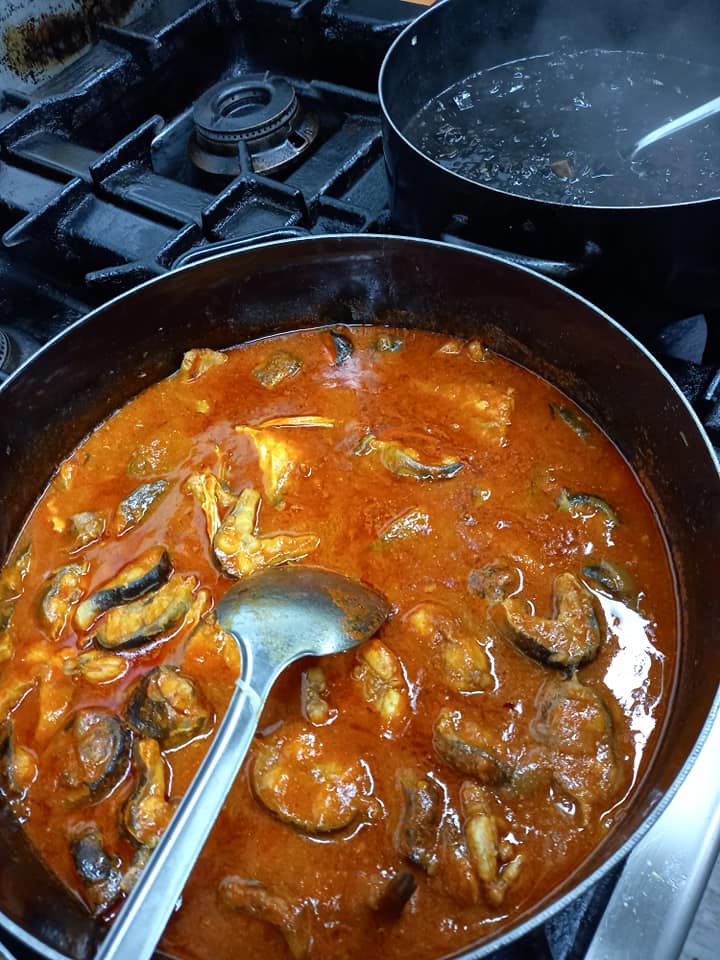
The food I had to try, my friend told me, was the famous regional speciality, eel, frog and sea bass brudet, which perhaps I will save for my next visit, as we did not have that much time. Some seafood perhaps, we suggested. Let it to m and let me decide came the reply. The resulting calamari, prawns and fresh fish (and even my beloved blitva) were as good as I have had in a long time.

With a little house rakija in hand at the end of the meal, Dida Fulin showed me around the restaurant, telling me stories of the tourists from all over Europe who visit him year after year. To him, a satisfied guest is the most important prize of all. And he had plenty of prizes on show, including the one he seemed to treasure the most, a lifetime achievement award from the town for his considerable services to tourism. It was only later that I learned that he was also the first president of the Dubrovacko Neretvansko County Tourist Board. He is the from the first generation of professional waiters in the Dubrovacko-Neretvanska region, and one of the few to serve both Presidents Tito and Tudman himself.
A lovely couple who epitomise the very best in Dalmatian cuisine and hospitality, emphasising its freshness, simplicity, and deliciousness.
So the next time you are driving past Ploce, and have a little time and are looking for lunch, check out Restoran Fulin for yourself. It truly is a snapshot of Dalmatia as it Once Was. You can find Restoran Fulin on Facebook or on the map below.
Walk for Life to be Held in Ten Cities
ZAGREB, 27 March 2022 - This year's Walk for Life will be held in ten cities across Croatia on Sundays in May and June, a news conference heard in Osijek on Sunday.
Representatives of the civic group "Walk for Life, Family and Croatia" told reporters that marches would be held in Vinkovci, Varaždin and Slavonski Brod on 7 May, in Zagreb on 14 May, in Split and Imotski on 21 May, in Zadar and Ploče on 28 May, and in Osijek and Sisak on 11 June.
Lidija Blagojević of the civic group said that the Walk for Life was a peaceful walk for every human life from conception to natural death, for the protection of unborn children and their mothers, and for the protection of every family.
The national coordinator of the Walk for Life, Željka Markić, said this year's campaign was taking place in the context of a horrible war in Ukraine, noting that many volunteers of the Walk for Life initiative were involved in collecting aid and providing accommodation for Ukrainian refugees.
"The killing of people we have been witnessing every day makes us particularly sensitive to the need to build the culture of life and fight for every human life, from its beginning to its end", Markić said.
For more, check out our dedicated lifestyle section.
Ploce Nautical Tourism Port Construction May Transform it into Tourist Town
March the 1st, 2022 - Ploce in southern Dalmatia might be close geographically to the City of Dubrovnik, but it isn't anywhere near on the same level or even on the same path when it comes to tourism, at least until now. Could the construction of the Ploce nautical tourism port transform this town into a tourist destination?
As Morski writes, the preparation of the documentation necessary for the beginning of the construction of the Ploce nautical tourism port has begun. In addition, Ploce's local administration plans to finally put into operation the abandoned camp located at the mouth of the Neretva River there.
As far as the camp is concerned, the planning and spatial plans are both ready, and Ploce has received approval from the Ministry of Construction for a unified procedure of targeted amendments to the spatial plan and the urban development plan. The whole story has yet to be announced in full detail by the council there, after which the land can be leased, and Ploce will, according to HRT, provide the investor with all the necessary infrastructure.
Ver soon, the fate of the planned Ploce nautical tourism port with a capacity of 400 berths in the Bacina area should be known. The local Ploce administration claims that they are still waiting for the assessment of the prepared environmental impact study, and the acquisition of a location permit and the determination of the border of the maritime domain is in progress. After that, all of the collected documentation will be sent off to the Ministry of Maritime Affairs, which is the body announcing the concession. The best bidder is then selected to prepare the main project, after which construction can begin.
Ploce and its surroundings have great potential for the development of nautical tourism, at least according to the local tourist board, which claims that the arrival of tourists would kickstart the construction of hotels, which, on the stretch from Metkovic and Opuzen to Ploce - are chronically missing. Tourists are currently staying mostly with private renters, who cannot complain about the interest of guests they've had from abroad and at home so far.
''We're expecting some great tourist traffic because people have already heard about the Bacina Lakes, the Neretva estuary, kite surfing and our outdoor activity offers, so the number of visitors will be higher than it was in previous years,'' said the director of the Ploce Tourist Board, Maja Erak.
The fact is that the recent opening up of the long awaited, very much anticipated Peljesac Bridge which will connect Croatian territory with the extreme south of Dalmatia will affect the distribution of tourists on the country's coast, and Ploce could have some new doors and new opportunities made available to it.
For more, check out our travel section.
Found Some Coloured Pebbles on a Beach? They Could be Part of a Scientific Study
February 2, 2022 - By studying gravel beach erosion and recovery, the Beachex project aims to come up with effective methods of beach nourishment and ensure a sustainable increase in beach capacity in Croatia
We all love a relaxing long walk on the beach, perhaps even more so in winter when beaches grow quiet with the crowds gone. And it’s not a strange habit to pick up a few shells washed ashore, a lovely pebble or some sea glass. What to do if you happen to come across some rather strangely colored pebbles? Best leave them where you found them, as they might be part of a scientific study.
Enter the Beachex project, a part of which is currently being conducted on Ploče beach in Rijeka. As reported by Novi list, a sign has been put up on the beach to warn passersby not to (re)move the smart pebbles, as researchers are tracking their movement in order to determine morphodynamics of artificial beaches.
The project in question is run by the Faculty of Civil Engineering of the University of Zagreb in collaboration with the Lancaster Environment Centre at Lancaster University, and in short, it aims to study beach erosion.
What inspired the project? As explained on the Beachex project website, the pressure on gravel beaches in Croatia is twofold. On one side, there’s the ever-expanding tourism industry, generating a need to increase beach capacity by beach nourishment to accommodate the growing number of beachgoers. At present, beach nourishment in Croatia isn't regulated by law, and is thus often conducted with artificial materials that are unsuitable for the purpose and harmful for the ecosystem.
On the other end, there’s also the increased storm activity caused by climate change, also leaving its mark on beaches.
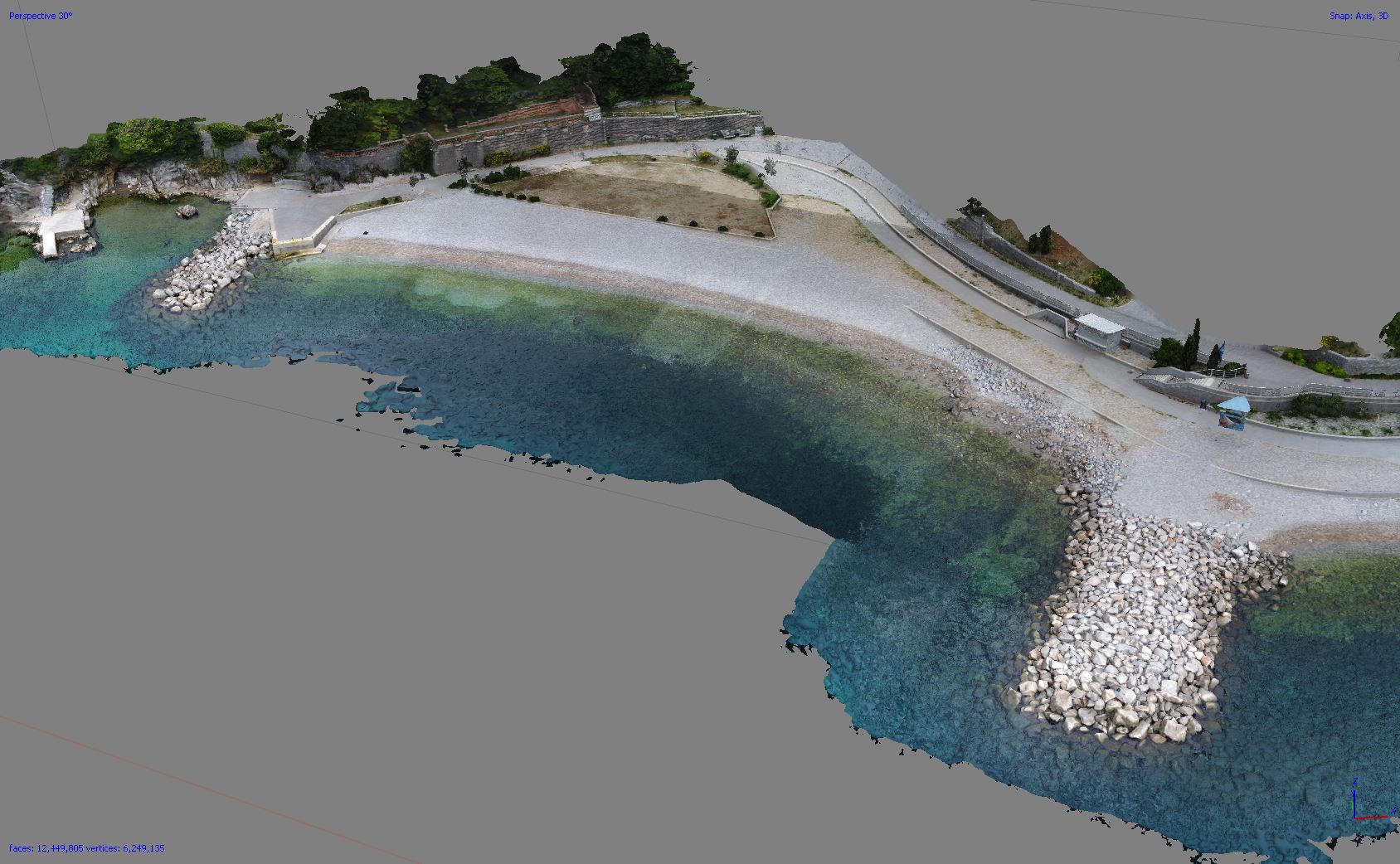
Ploce beach in Rijeka / Image source: grad.hr/beachex
‘The Beachex project aims to explore the mechanisms of gravel beach erosion and recovery to provide technical support for long-term beach nourishment in order to achieve a sustainable increase in beach capacity while reducing the influence of climate change’, states the project website.
Apart from the smart pebbles, measurements are collected on Ploče beach using video monitoring and an oceanographic buoy combined with geodesy measurement.
Tracking beach morphodynamics, however, is just one of the project’s goals. Researchers are also building a database of nourished beaches in Croatia and aim to educate the public about beach erosion through workshops in Rijeka and Split. The impact of beach nourishment on marine life is being studied through dive surveys on beaches in several coastal towns.
All the data collected as part of the project will also help scientists predict the impact of climate change in regards to beach sustainability, so that preventative action can be taken to reduce the influence of extreme natural events on beaches, as well as tourism at large.
All in all, if you see a pebble coloured bright red, yellow, or any other colour that kind of looks out of place on a gravel beach, just leave it - best not to intervene in those morphodynamics.
Find out more about the Beachex project here.
Plan to Construct Adriatic Liquefied Gas Terminal in Ploce Discussed
July the 19th, 2021 - There are plans in place and discussions being had about the construction of the largest Adriatic liquefied gas terminal in the the southern Dalmatian town of Ploce. A public hearing on the matter has been opened.
As Morski writes, Dubrovnik-Neretva County has opened a public debate on the Environmental Impact Study for the construction of a tanker berth for liquid cargo and liquefied petroleum gas terminals in the port of Ploce by the investor Adriatic Tank Terminal.
It is a joint company of the holding company Energija Naturalis and the global trader and logistician VTTI, founded with the idea to build the largest Adriatic liquefied gas terminal in the Port of Ploce. If the idea is accepted and goes ahead, it will be carried out in three different phases, and the value of the total investment currently stands at a massive 135 million euros, Jutarnji list reports.
In the first phase, completed back in 2016, Adriatic Tank Terminal built about 50 thousand cubic metres of new storage space in the Port of Ploce for so-called white derivatives such as motor fuels. Sending an Environmental Impact Study on the construction of a tanker berth for liquid cargo and liquefied petroleum gas is a step towards the realisation of the second phase of the investment, which envisages the construction of 200,000 cubic metres of oil storage and 60,000 cubic metres of liquefied petroleum gas storage space.
The third phase of the Adriatic liquefied gas terminal project refers to the very construction of additional storage capacity of at least 100 thousand cubic metres for petroleum products. It is estimated that the existing berth for cargo transshipment in the Port of Ploce cannot ensure the reception of larger ships and tankers at this moment in time.
Therefore, investors are planning on the construction of a brand new berth in the port that would allow the reception of ships up to 88 thousand tonnes of carrying capacity for petroleum products, or 58 thousand tonnes of carrying capacity for liquefied petroleum gas.
According to the decision made by Dubrovnik-Neretva County and the Ministry of Economy and Sustainable Development, the public debate on the Environmental Impact Study of the new Adriatic liquefied gas terminal in the Port of Ploce will last for one month, ending on August the 10th this year and with the central meeting being held in Ploce on July the 21st, 2021, during which the investors will present the project.
For more, follow our business section.
Ploče Port Receives X-Ray 'Rapiscan' Device to Inspect Containers
May 29th, 2021 - After a busy year of drug busts, Ploče Port finally received an X-ray device called ‘Rapiscan’ - for the inspection of container cargo and new vessels to implement surveillance at sea.
Metković News reports, the Customs Administration, using funds from the EU in order to strengthen the operational capacity of the control of goods and traffic in seaports, has deployed an X-ray device model for use - Rapiscan Eagle M 4507 - which was procured within the EU Fund "IPA 2007 - equipment for mobile teams of the Customs Administration for the Suppression of Smuggling", whose purchase value was HRK 9.3 million, of which the EU financed 74%, and the share of national funding was 26%.
The Ploče Port is an international port, open for the traffic of goods in maritime and railway traffic 24 hours a day, with the status of an international inspection border crossing where besides customs other inspection services are regulated (Border Veterinary, Sanitary, Phytosanitary Inspection) and on which the import, and export of all kinds of goods is permitted.
At the annual level in the Ploče Port, there are about 26,000 container units (TEU, 40 ′, and 20 ′ containers), or about 2.6 million tons of cargo (bulk and liquid) and about 60 thousand imported documents are processed in customs procedures, export, and transit.
Director of the Customs Administration, Mr. Mario Demirović stated:
“The X-ray device specializes in the inspection of a wide range of means of transport (containers, tanks) as well as all types of cargo since X-rays penetrate liquids, wood, and steel, which will greatly facilitate cargo inspection in the Ploče Port.
This X-ray device model can inspect loads up to 2.8 meters wide and up to 4.6 meters high, and at high speeds outline the structure and components of scanned objects, whether it is the structure of the vehicle or vehicle, cavities, processed spaces, hidden goods and the like.
Under optimal conditions, up to 30 containers or tanks can be inspected on average and scanned in one hour.
The X-ray device is mobile, which means that it can be used in all locations where there is a need, so from mid-May 2021, it is deployed for use in the Ploče Customs Office for the purpose of inspecting container traffic in the Port of Ploče and the need to strengthen cargo traffic control capacity. to recent large quantities of seized goods (especially narcotics). "
To read more about news in Croatia, follow TCN's dedicated page.
Name of Youngest Croatian Town First Mentioned in 14th Century
November 8, 2020 - An interesting historical document was recently published by the mayor of Ploče, Mišo Krstičević, giving insight into the youngest Croatian town.
Morski.hr reports that although Ploče is the youngest town in Croatia, it matured primarily for its port and then military significance, and its oldest mention dates back to the 14th century.
Ploče was first mentioned in 1387 in a document kept in the Historical Archives in Dubrovnik. The document states that on November 6, 1387, Matej, son of Maroja Pripičeva from the island of Koločep concluded a contract with Milča from Novi Brdo according to which Matej should arrive with his ship from Dubrovnik to the port of Ploče, at the mouth of the Neretva (ad quedum locum dictum la Ploca que est in fluminis Narenti) to load about 600 small cattle and shackles and a small amount of wood. The historical archive also preserves a document from 1426 in which Ploče is mentioned by the Council of Intercessors of the Republic of Dubrovnik.
Ploče has a history of changing its name. First, during the Kingdom of Yugoslavia, the name was changed to Aleksandrovo, after King Aleksandar I. Karađorđević, which lasted until the Second World War, and the Italian occupation, when Aleksandrovo became Porto Tolero (Italian port for transshipment, to load raw materials from Bosnia to Italy).
At the end of the war in 1945, the original name, Ploča, was restored. From 1950 to 1954, and from 1980 to 1990, the town was named Kardeljevo after a Yugoslav politician, Slovene Edvard Kardelj. In the meantime, from 1954 to 1980, the name Ploče was introduced for the first time, i.e., the plural of the original name, which dates back to the beginnings of the independence of the Republic of Croatia, on November 22, 1990.
Today, Ploče is a small modern port town at the mouth of the Neretva in Dalmatia in Dubrovnik-Neretva County. A little more than 6500 people live in Ploče, and the wider area, about 11000 inhabitants. The area of the city also includes the settlements Baćina, Banja, Komin, Ploče (Stablina, Birina and the inner city area), Peračko Blato, Plina Jezero, Rogotin, Staševica, and Šarić Struga.
The backbone of Ploče's economy is the cargo seaport, which, after Rijeka, is the second-largest transshipment in the Republic of Croatia.
To read more about lifestyle in Croatia, follow TCN's dedicated page.
Vrgorac, Ploce, Pojezerje Join Forces to Develop Cycling Tourism in Vrgorac Field
March 9, 2020 - Ploce, Vrgorac, and Pojezerje have joined forces to develop cycling tourism in the karst Vrgorac Field.
HRTurizam reports that the agreement between the City of Vrgorac, the City of Ploce and the Municipality of Pojezerje initiated a joint project to develop the Vrgorsko Polje (Vrgorac Field) site into a sustainable micro-cycling tourism destination called ‘Polje Jezero’.
Tourism valorisation of this valuable agricultural area is possible only through sustainable forms of tourism, and cycling tourism is one of the most viable segments of the tourism industry, as cycling tourists are looking for preserved spaces and authentic local cultures such as Polje Jezero, whose development is particularly suited to create added value to rural areas.
The landscape and climatological features of the Polje Jezero locality are especially suitable for the development of trekking and gravel cycling. The area is extremely convenient as a destination agency for cycling tourism or as one of the destinations for cycling tourists from other nearby destinations (Makarska Riviera, Inland Dalmatia, and the Neretva Valley).
The project will result in designing, tracing and marking trekking (gravel) cycling tourism routes on existing local roads and unclassified macadam roads of theVrgorac Field, as well as branding the Polje Jezero cycling tourism offer and creating a marketing and promotion plan, and developing services and an accompanying offer for the needs of cycling tourists.
Due to the fact that cycling tourists use the local trade and catering offer to a greater extent than other tourists, they often travel in groups or entire families, and the cultural and natural attractions and thematic manifestations that the destination has at their disposal are important, this joint project of three neighboring local self-government units is a logical reflex to the demands and needs of the tourism branding of the area.
To read more about travel in Croatia, follow TCN's dedicated page.
First-of-its-Kind Wind Organ to Enhance Neretva Valley Tourism
October 27, 2019 - After the sea organ in Zadar, Croatia will receive another similar attraction next year - a wind organ in the Neretva Valley.
Namely, a wind organ is being built above Rogotin near Ploce in the Neretva Valley. The project is also a successful case of utilizing European funds - of the 3 million kuna needed to construct it, Brussels will finance 80% of the costs, HRT reports.
The wind organ will be built as part of the edu-eco complex on Tovro hill, which is part of the project "Promoting the Sustainable Development of the Natural Heritage of the Neretva Valley". The prefect of Dubrovnik-Neretva County, when signing the contract for the project, emphasized that with the implementation of this project, the area of the Neretva Valley will gain new values in the form of tourism, and educational and cultural content.

HRT Screenshot
The conceptual design and the unique wind organ project were done by Ploce engineer Zeljko Skoric. The principle of operation is the same as that of all other organs. "Three pairs of seven instruments play where each pipe has a different length, on which the tonality of the organs themselves depends,” he said.
"In terms of the power of the organ and the sound it will produce, this is one particular experience that no one has encountered yet, at least as far as we know. It's unknown to the contractor and us,” emphasized Ante Sunjic, a resident of Rogotin.
"I hope that Rogotin will be raised to a much higher tourist level and that we will get a lot with this," said Marin Glamuzina.
When the works are completed, the Rogotin wind organ will become a tourist attraction, and by all accounts, the first of its kind in the world.
You can check out a video of Tovro hill below.
To read more about travel in Croatia, follow TCN’s dedicated page.
Energia Naturalis Holds Third of Luka Ploče Port
ZAGREB, August 16, 2019 - The offer made by the Vukovar-based Energia Naturalis company for the purchase of shares in the Port of Ploče was accepted by 119 shareholders, and as a result of buying an additional 10.36% of the stock, Energia Naturalis now has 36.01% interest in the Luka Ploče joint stock company, the Zagreb Stock Exchange (ZSE) reported on Friday.
On 10 July, Energia Naturalis published its offer for the takeover of the company whose core business are maritime traffic services, stevedoring and warehousing of goods.
The offer expired on 7 August and until then 119 shareholders accepted the offer selling 43,947 shares, which accounted for 10.39% of the entire stock.
Before this round of the acquisition Energia Naturalis held a quarter of the Luka Ploče (108,362 shares), and the latest purchase rose its interest to 152,309 shares, that is 36% of the entire stock.
Recently, the HANFA regulator gave a green-light for Energia Naturalis's acquisition of those 43,947 shares at the price of 412 per share kuna.
Energia Naturalis (ENNA Group) is a holding company which has about a score of companies, including the PPD Group specialised in distribution and supply of natural gas.
More news about Croatian ports can be found in the Business section.


